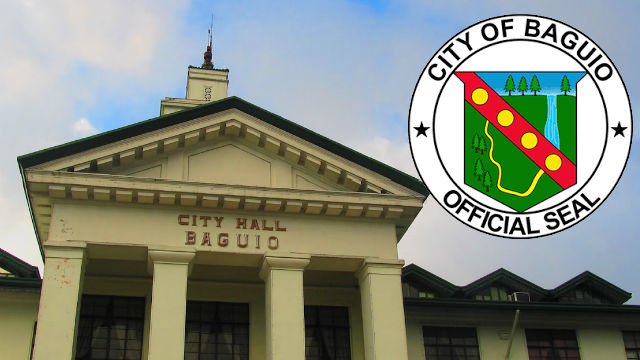The short period that I listened to Dr. June Prill-Brett’s substantial lecture coupled with our animated discussions seemed to be a whole-day long.
Her memory was still sharp. When I introduced myself and my father-in-law, the late Donald Pachao, she immediately responded, “Oh, I still know Donald and a lot of people here in Bontoc!”
Dr. Brett insinuated that one of the projects of the Provincial Tourism Office of Mountain Province may consider is the reconstruction of the eminent “monkey” bridge locally termed as aratey that was once located at barangay Tocucan frequented by foreign tourists, mostly from Israel, in the early 80s.
According to Ms. Brett, the bridge that was made of logs and tied with forest vines (waka) was a manifestation of the technological invention by indigenous engineers of Tocucan community.
I related to her that the Bontoc municipal government prepared a project proposal for the reinstallation of the said bridge signed by the former barangay captain Mariano Wayyas and endorsed by Bontoc Mayor Franklin Odsey in 2009. This document was brought by Mr. Wayyas to the National Commission for Culture and the Arts but according to the bearer, he was informed that this was not a priority of the agency.
She talked about the cultural value of inayan or lawa. Dr. Brett said that it is the Bontok belief that the supernatural beings punish persons who violate scared taboos such as, stealing or grabbing other’s properties, cheating, lying, gossiping about an individual or family for the purpose of destroying their reputation, exploiting and bullying the powerless.
The presence of the ato in the olden times was very important, she continued. The male elders taught and trained the male children in this institution. Knowledge and discipline were imparted to kids thru storey telling while the kids were doing body massage to the elders. In the fields, the young men helped in the construction of rice terraces and irrigation and other related tasks.
On the other hand, the female elders instilled girls discipline, and taught household chores and tasks in the ricefields.
We also exchanged pleasantries on the negative effect of polluting any body of water. I related to Prof. Brett of a story I heard at Cada plateau, Sinto, Bauko where a spring that allegedly became dried after the vegetable farmers usually washed their sprayers and mixing containers that were contaminated with pesticides near it.
Cada plateau or Mount Data watershed was once composed of hundreds (or maybe thousands) of hectares. It is the source of the famous Inodey twin falls and tributaries that drip to Mankayan, Benguet, barangays Sadsadan and Lesseb of Bauko and Chico river thru sitio Boga and Pactil, Monamon Sur. Most of the portions of this thickly forested area were illegally converted into vegetable gardens and residential areas.
She also related that the use of soap and anyone who defecates near a spring will cause the water to become arid.
Another traditional practice that she expounded was the importance of tayan and batangan systems as ways of preserving the environment of the communities of Bontoc and Western Mountain Province, respectively.
Ms. June Chayapan Prill-Brett is a native of Bontoc, Mountain Province. She finished her BA in Anthropology, Master in Anthropology and PhD in Anthropology at the University of the Philippines, Quezon City.
She is currently a Professor of Anthropology, College of Social Sciences, UP-Baguio City.
By Francis B. Degay














